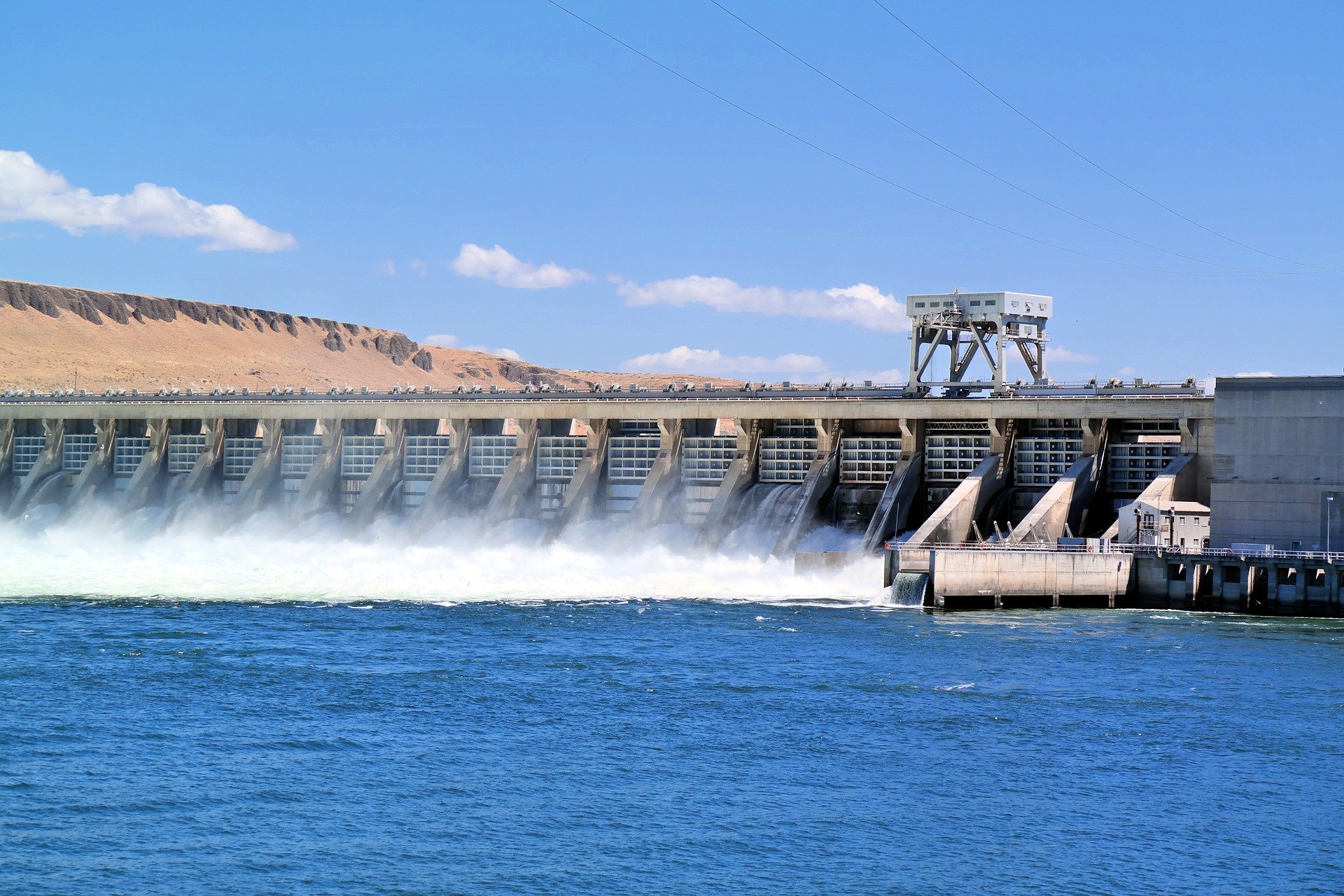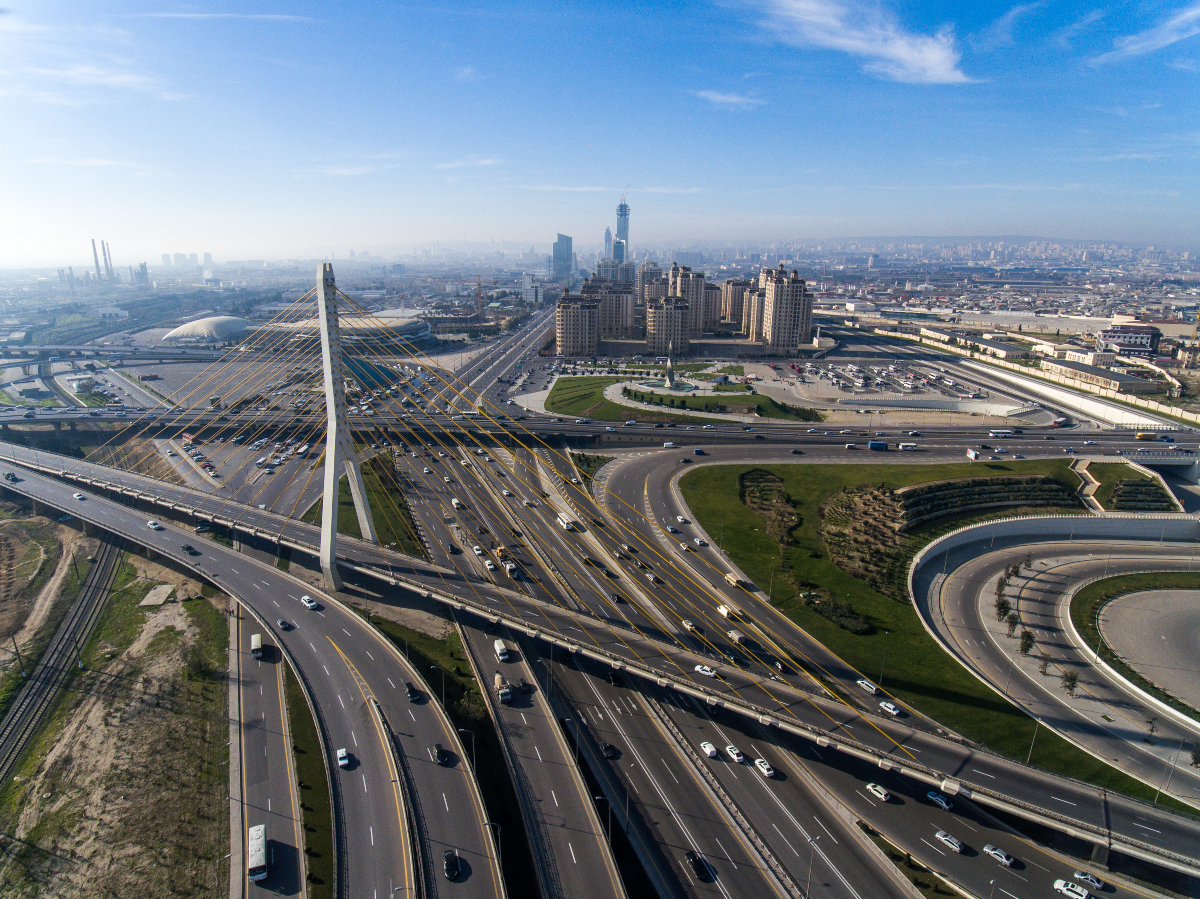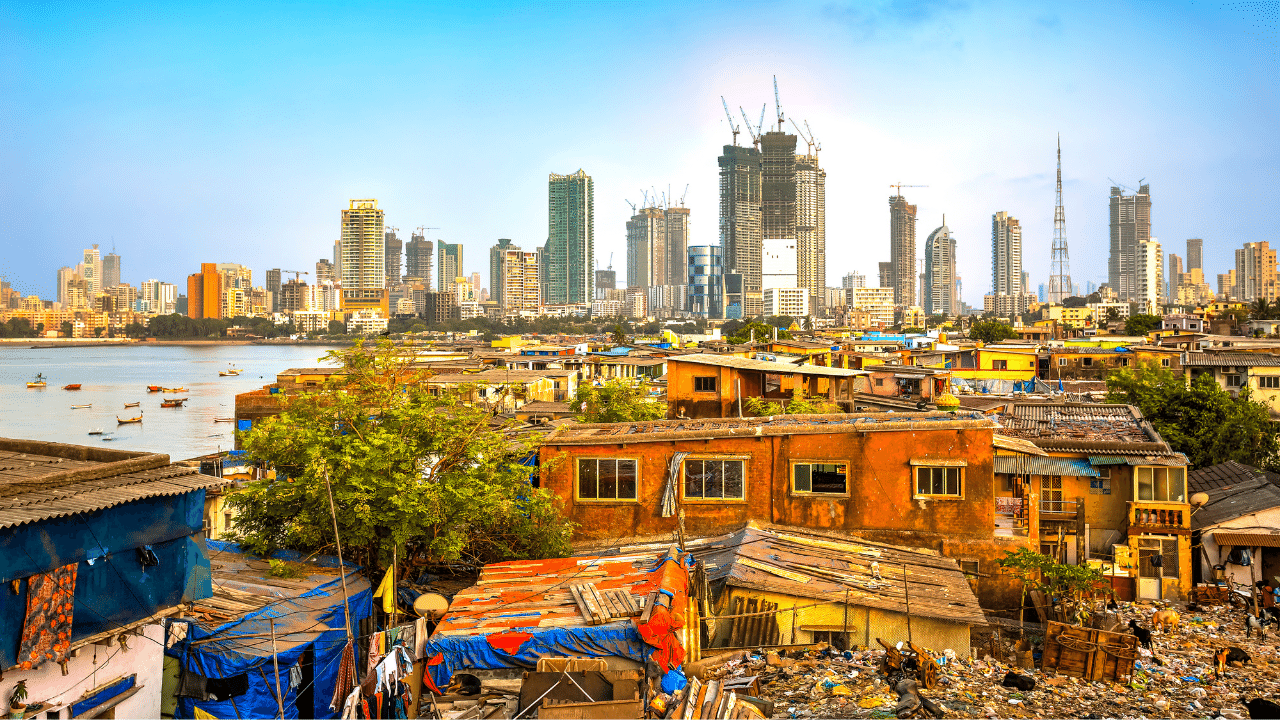
Smart resilient cities: Theoretical insights
Cities are facing mega challenges of climate change, urbanization, population increase, economic increase, environmental deterioration, etc. Building resilient societies and economies has been a critical target for the creation of sustainable cities and communities, one of the 17 goals in United Nations Sustainable Development Goals. However, the social-ecological engineering resilience is extremely challenging, as a resilient city aims to cope with all hazards that are sudden and slow-onset, expected and unexpected within dynamic and complicated urban contexts, through traditional approaches.
A smart city integrates information and communication technologies (ICT) with traditional infrastructures and uses emerging digital techniques for coordination and integration. A series of practices of smart agriculture, smart logistics, smart building, smart transport, and smart medicine are the cases which benefit economies and societies through monitoring and analysing city information for real-time decisions within the complex, dynamic and evolving contexts.
An integration of the smart practice into resilient city is, therefore, promising to overcome the urban complexities to support social-ecological-engineering resilience. In particular, a smart resilient city is expected to use big data, Internet of Things (IoT) and other smart information technology to manage cities to enhance capability of resisting, absorbing and adapting to external changes, thereby achieving urban resilience. Beyond this, building smart resilient city is an enhanced approach, making it possible to reduce vulnerabilities from emergencies such as the COVID-19 pandemics and disasters like earthquake and tsunami.
Under such situations, the mere use of smart technologies cannot make cities recover from these disasters. The adoption of resilient measures to foster cities’ capability of addressing such disasters is also essential in order to ensure efficient use of resources and to avoid, reduce and even eliminate harms caused by sudden and unexpected disasters. Moreover, a smart resilient city is expected to upscale urban infrastructures and promote greater prosperity across the globe.
Nevertheless, existing studies have investigated resilient city and smart city in two relatively independent domains and there is a lack of studies on the integration of smart city into resilient city and the opportunities and challenges of building smart resilient city have not been revealed. To fill this gap, this blog aims to investigate the differences and linkages between smart city and resilient city and discuss the potential to build smart resilient city. This blog analyses the linkages between resilient city and smart city in order to uncover the opportunities of building smart resilient city and identifies challenges of integrating them to reveal the barriers to smart resilient city.
Linkages between smart city and resilient city are analysed in two aspects. First, both smart city and resilient city contribute to the sustainable development of cities in a decision-practice loop. Smart city uses ICT to sense, analyze and integrate various key information such as traffic congestion and environmental pollution the core system of cities for evidence-based decision making. Resilient city plans and acts in response to hazards like climate change and emergencies and enhances cities' ability to resist, absorb and recover. During the COVID-19 pandemics, ICT and big data helped cities integrate transmission, infection and migration data with geographic, spatial and temporal information to facilitate a timely response, thereby reducing the rate of epidemic spread, minimising adverse effects and enhancing urban resilience.
Second, smart city and resilient city provides the context for each other through application-feedback mechanism. Smart technologies provide management tools (such as natural disaster monitoring and evaluation system, real-time monitoring system of crime) to intervene resilient city making up for resilient city in practice, resilient city development provides a technical context for the adoption of smart city technologies including ICT, IoT, etc. and moreover provides feedback to make smart city sound. For instance, the new IoT frame is applied in the SusCity project (http://groups.ist.utl.pt/suscity-project/scientificmethodology/work-package-2/) through protection and recovery modules to detect and solve faults, providing useful feedback to IoT technologies and to avoid adverse impacts.
Whilst there are opportunities for building smart resilient city, many challenges are prominent. First, the introduction of smart cities that are highly dependent on a data centre may also have some negative effects on resilient city. Once the data centre suffers security threats and paralysis, there will be significant barriers to city operation and further resilience reduction. Second, smart technologies have been criticized for their environmental impacts and their lack of public equality and social justice, which is in conflict with the social stability and security expected by the resilient city, hindering the resilient city development.
For COVID-19 prevention and control, ‘health codes’ has been applied to monitor and generate early warning, but there are challenges of public privacy data leakage. Therefore, there is a need to address the technical and social risks along with the smart city and to promote positive opportunities for smart resilient city to address urban challenges more intelligently, effectively and accurately.
This blog indicates the integration of smart city and resilient city for smart resilient city is a promising approach to address sudden and slow onset, expected and unexpected challenges in dynamic and complicated urban contexts. It is an innovative thought to promote the sustainable and healthy development of urban economies and societies. To support this, this blog explores the possibility of integrating smart city and resilient city by understanding the opportunities and challenges.
The results show that smart city and resilient city complement each other through decision-practice and application-feedback mechanisms. Resilient city is supported by the evidence-based decisions of smart city and the development of smart city requires feedback from resilient city practice. Nevertheless, smart city may be under some challenges of data insecurity and social injustice when improving urban resilience. Overall, this essay offers people with an innovative thought of smart resilient city and provides understanding of the opportunities and challenges of smart resilient city. This study is of significance to support further studies and practices in smart resilient city and promote the creation of sustainable cities and communities.
Ke Xiong from China is one of the 10 winners of the Youth For Resilient Infrastructure Essay Competition.
This essay is the ninth in a series of 10, written by youngsters from across the world.
The views and opinions expressed in this blog are those of the author and do not necessarily reflect those of the Coalition for Disaster Resilient Infrastructure (CDRI).
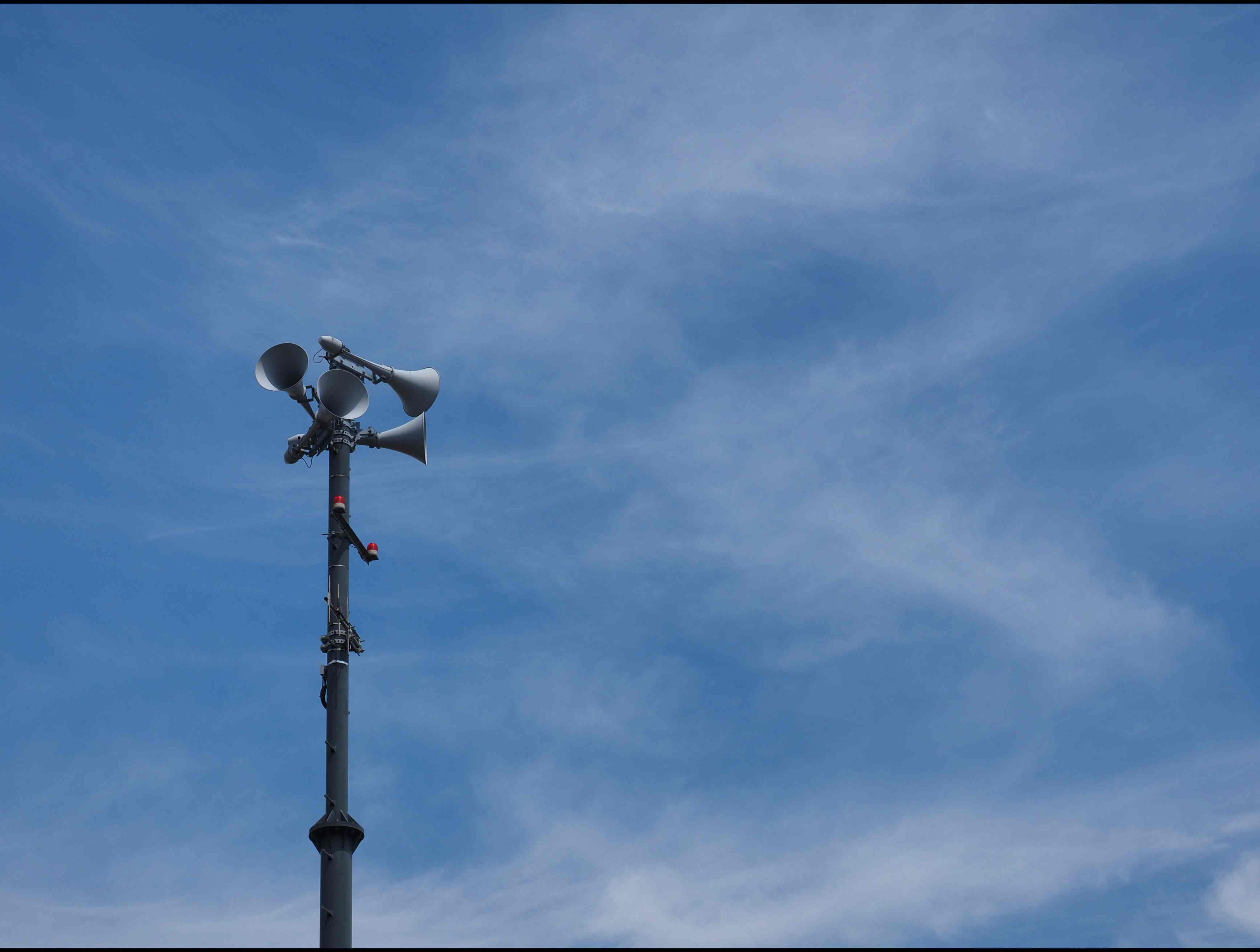

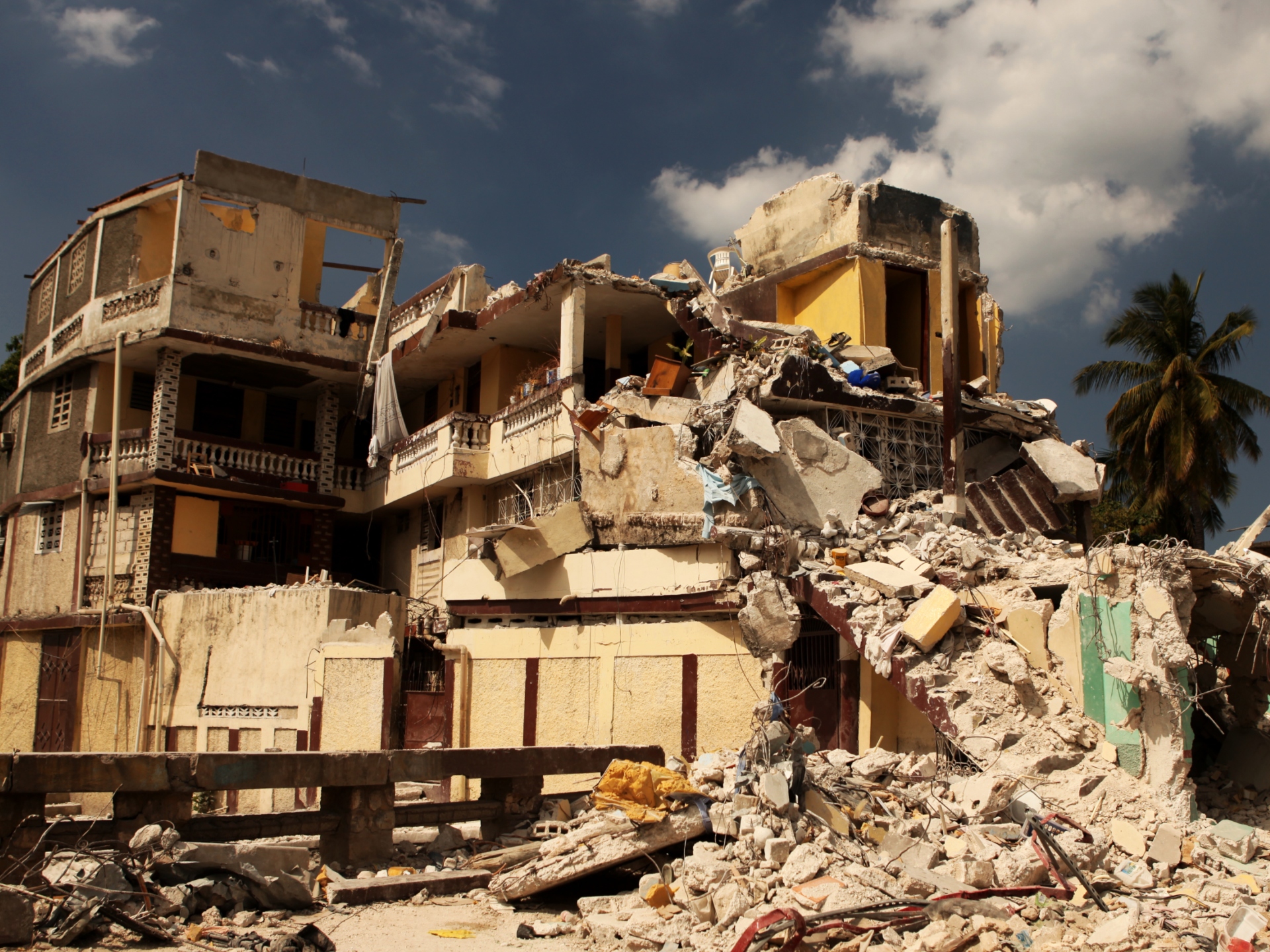
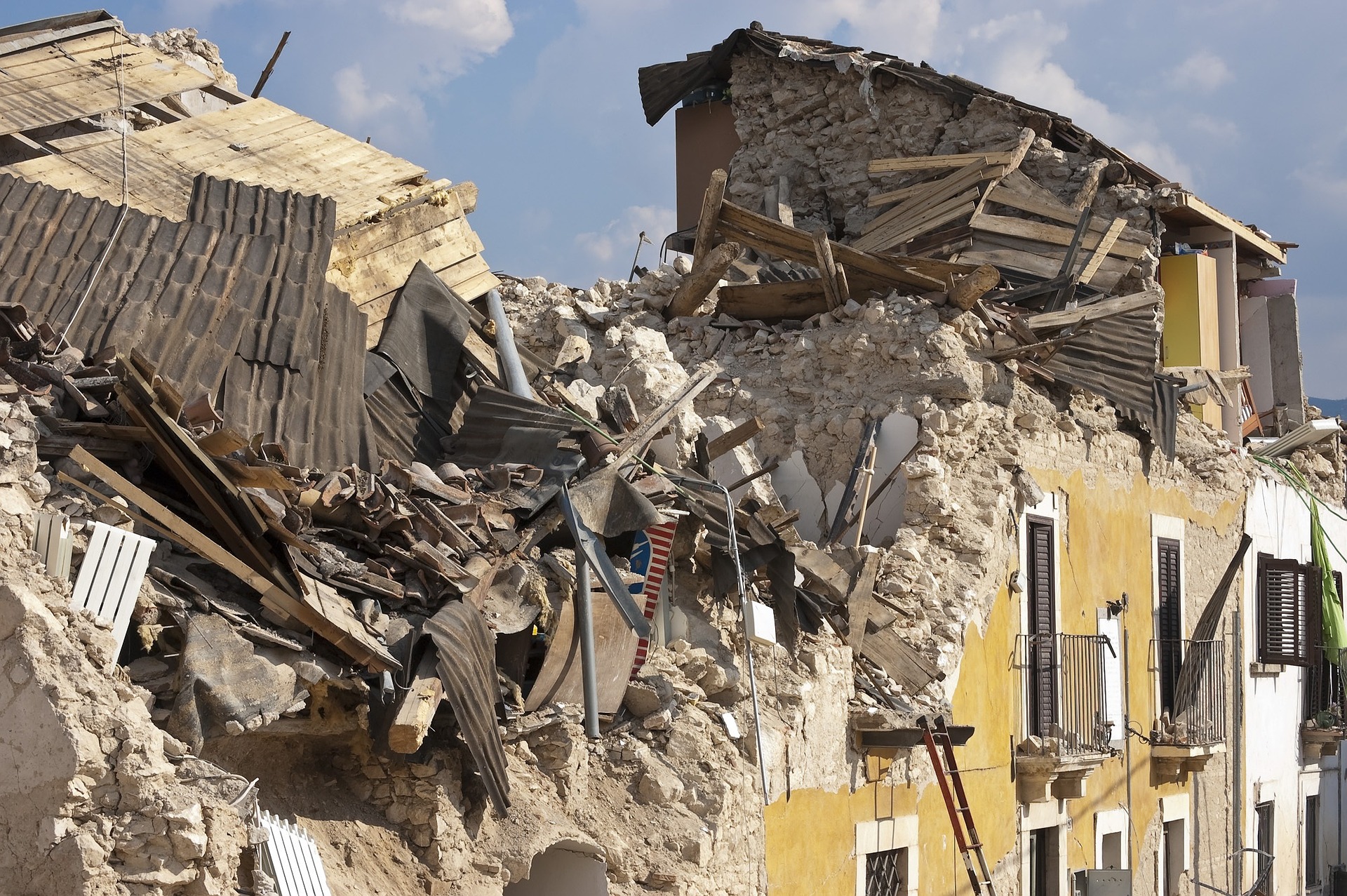
.jpg)
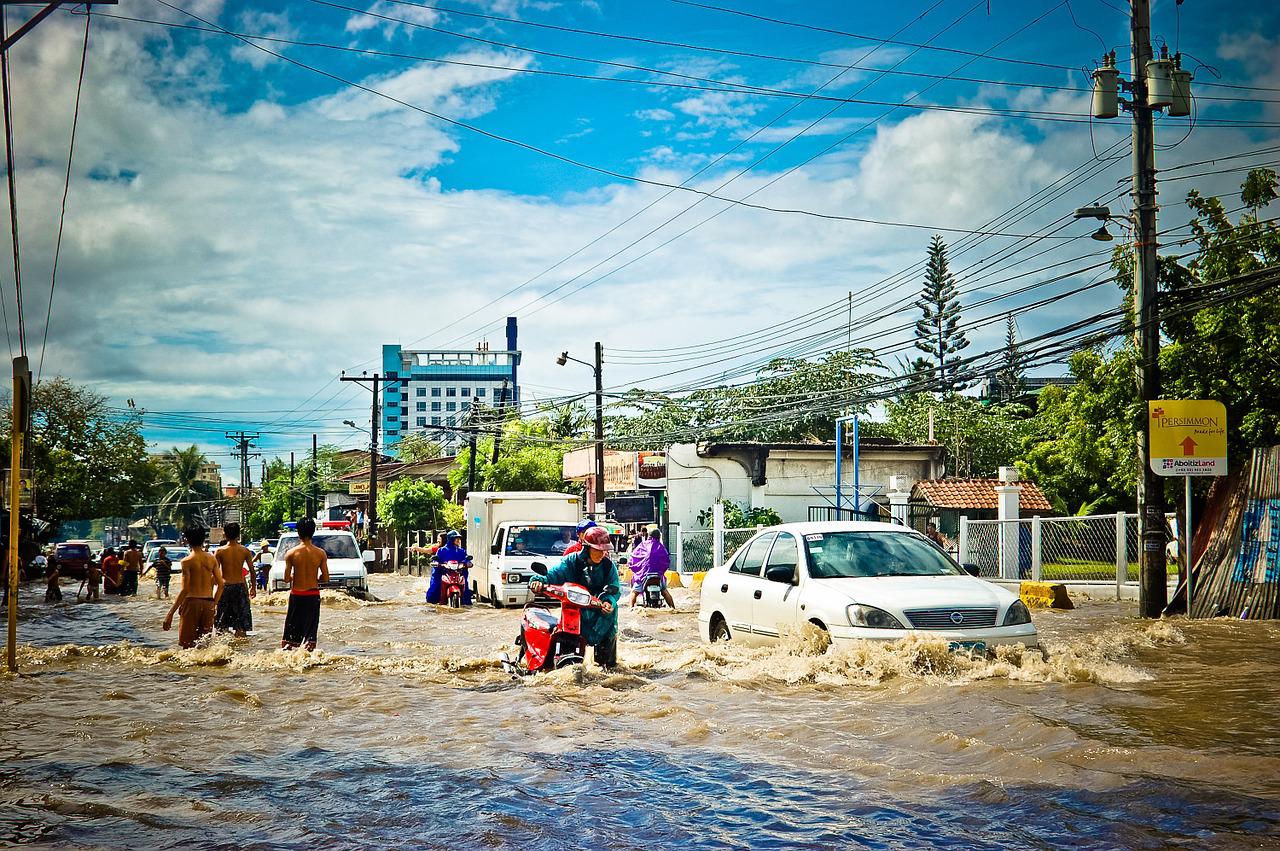
.jpg)
